Get ready to celebrate Canary Island Day with this introduction to the islands’ traditions
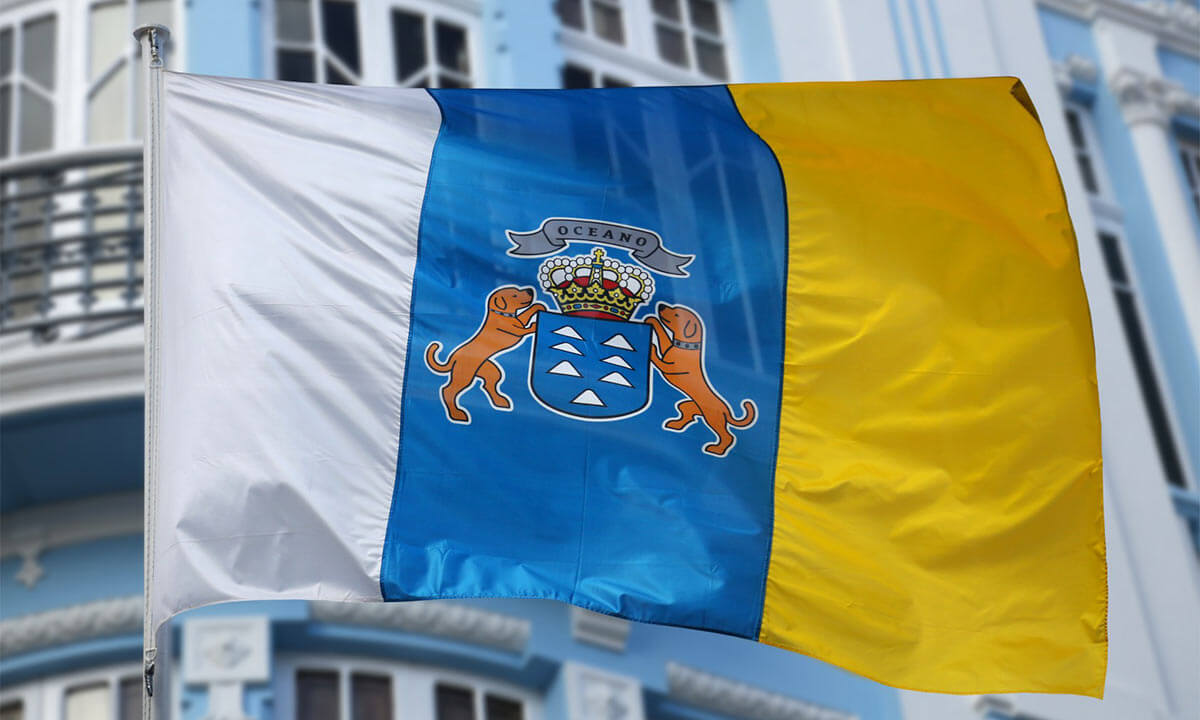
Eight islands form the Canary Islands. Eight territories separated by the sea, each with their own identities, representing a united yet diverse community. This is a place where different cultures coexist, feeding from each island’s idiosyncrasies. Two key elements of Canary Island culture predominate: tradition and craftsmanship.
Canary Island Day is one of the most important celebrations for residents of the archipelago. It marks the anniversary of the first session of the Canary Islands Parliament, which took place on 30 May 1983 in Santa Cruz de Tenerife. The day pays tribute to the islands’ main traditions, and the activities are linked with their history. There are musical performances, dances, games, traditional sports, and a whole host of dishes to prepare that go beyond the popular potatoes with ‘mojo’ spicy sauce.
Traditional crafts are important too. Women and men from all corners of the archipelago have been handed these traditions down the generations, preserving the islands’ cultural heritage. From the pestle and mortar for making ‘mojo’, to the typical dress worn for pilgrimages and celebrations.
Music
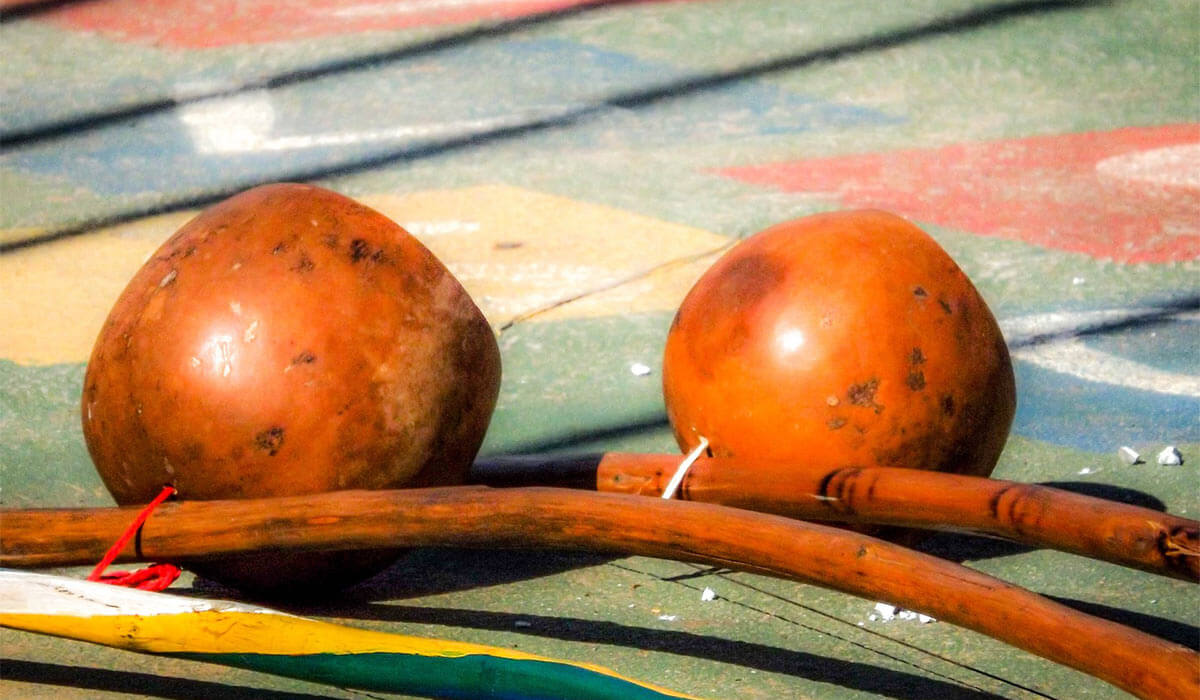
Music plays a key role in traditional Canary Island Day celebrations. It plays along to the folk songs and dances so characteristic of the islands. Every year, thousands flock to see first-hand how the Canary Island people celebrate their most important fiesta.
‘Chácaras‘ are a particular highlight, and are most typical of the islands of El Hierro and La Gomera. They’re like a larger version of castanets, and are often made of wood or bone. The ‘chácaras’ are used during festivities to set the rhythm of folk dancing groups. It’s said that they’re based on an instrument played by the Canary Islands’ aboriginal inhabitants.
Another, the ‘timple’, is a string instrument played by folk groups and in traditional songs. By the mid-nineteenth century, systematic production had begun in Lanzarote. Both instruments are manufactured 100% in the Canary Islands, using local materials and techniques passed down from parents to their children.
Renowned musicians such as Benito Cabrera, Totoyo Millares and Domingo Rodríguez Oramas all hail from the Canary Islands, transporting Canarian culture to every corner of the world to the sound of the timple.
Traditional dress
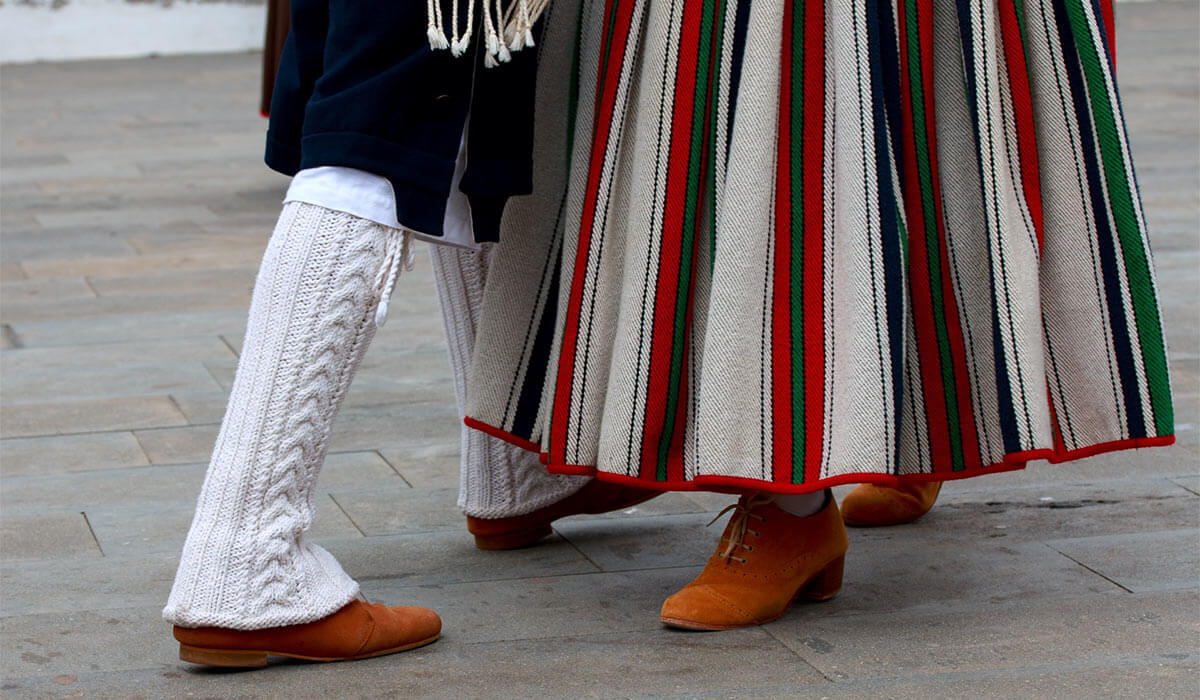
Each island has its own traditional dress and the look of each varies according to the municipality. But they all share certain characteristics. The women wear a long flared skirt, usually with coloured stripes, along with a button-up shirt, waistcoat, and a hat to finish it off. Men’s typical dress consists of trousers or shorts, a white shirt, sash, waistcoat, and a hat – the style varies according to the island or area. The archipelago has continued its dressmaking tradition, and pieces are made using local fabrics such as linen, wool and silk.
Traditionally, Canarian women sew, embroider and weave the costumes. Traditional clothing is a key element of their fiestas, and never more so than on Canary Island Day. It’s a visual means of expressing their Canary Island identity, and the traditions passed down through the generations. Canary Island men and women wear these outfits for the festivities, such as the ‘bailes de magos’ (workers’ dance) or ‘romería’ pilgrimages, a tribute to their island culture.
Sport
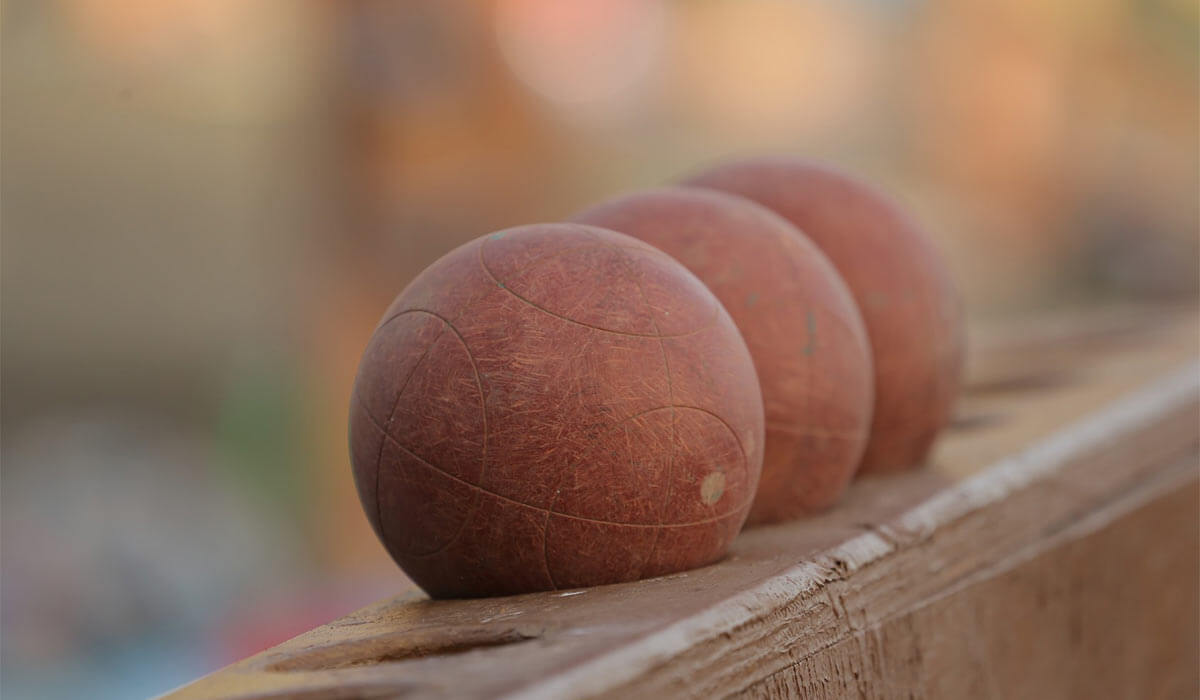
Some typical sports are still practised on the islands today, such as ‘salto del pastor’ or the shepherd’s leap, ‘bola canaria’ boules, Canarian wrestling, and the ‘arrastre de ganado’, a race involving dragging cattle. Many of the sports have their own federations (such as the boules and wrestling) and are shown on local TV.
In the shepherd’s leap, the javelin-style pole is handmade from Canarian pine wood. It originates from being used as a form of transport – the aboriginal population used these poles to navigate the islands’ uneven terrain, vaulting across ravines for example. The poles are fitted with a sharp point, used to stab into the ground, and then the user slides down the pole, gripping with their hands and feet until they land smoothly on the ground.
Crafts
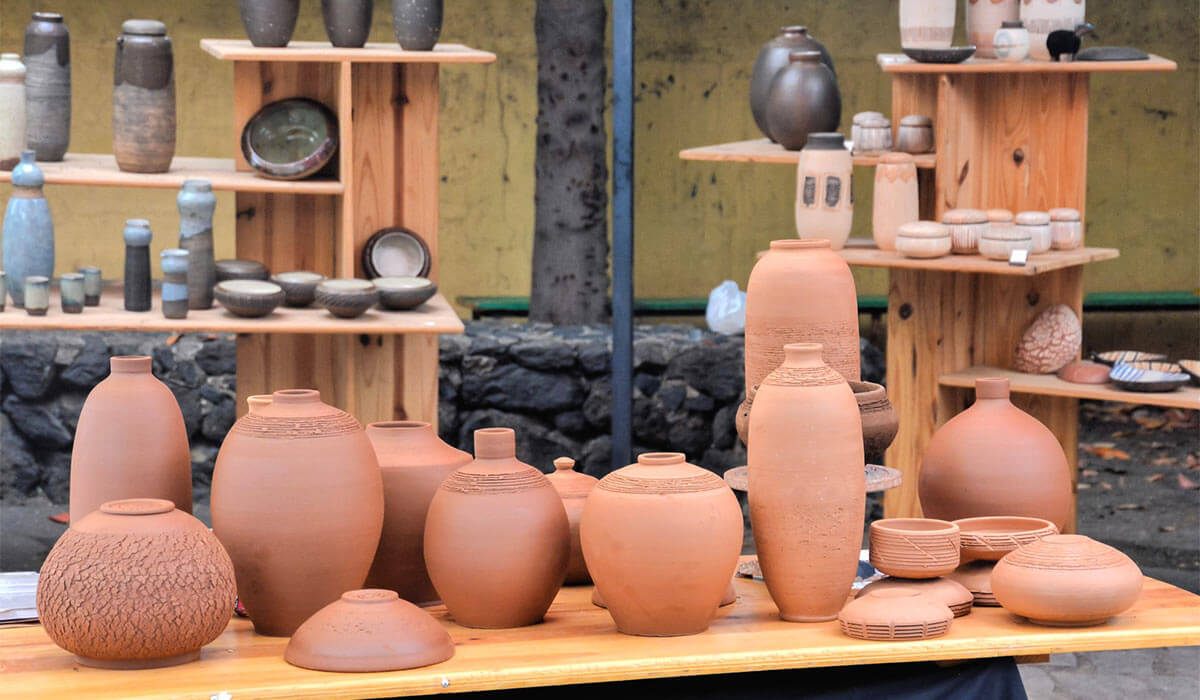
The tradition of making handmade goods runs through daily life in the Canary Islands, especially during fiesta periods when tradition and Canary Island identity take on even more significance. Of all the crafts, two are particularly representative of Canary Island history: the Canarian knife and the Tara idol.
The Canarian knife is most typical of Gran Canaria. What sets it apart from traditional knives is the handle, adorned with metal or bone rings that form geometric patterns. The handle is also oval, unlike a normal knife. According to research, it’s thought to have appeared in the Canary Islands in the late eighteenth century, and was commonly called a ‘naife’, an anglicism deriving from the word knife. This was because English traders had by that point arrived in the ports of the Canary Islands and had been seen using them.
The Tara idol is one of the most popular representations of Canary mythology today. They can be seen in almost any house, and miniature versions are sold in souvenir shops throughout the islands. They symbolise fertility, and the original idol is on display at the Canary Islands Museum in Las Palmas de Gran Canaria. It continues to be a symbol of Canary Island history, but its origins are in fact in doubt. When it was found, it was labelled as belonging to the aboriginal population of Tara, but this was an error. The jury is out!
Categories: Canaries, Fuerteventura, Gran Canaria, Be inspired, La Palma, Tenerife



Leave a Comment